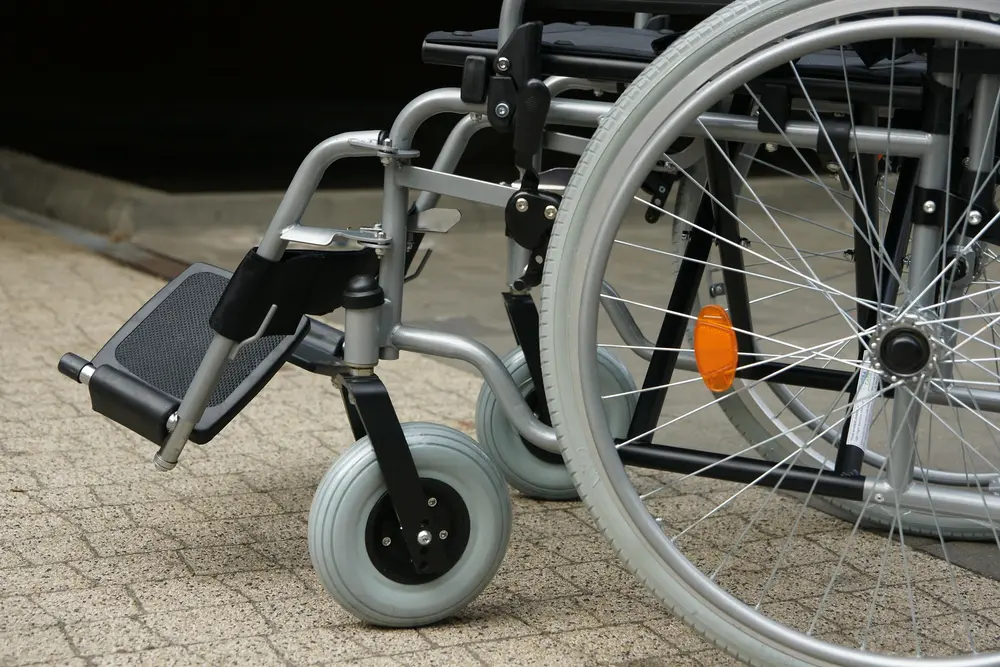There is an obesity epidemic in the United States
As a result, more people with obesity are applying for Social Security disability benefits. This includes Disability Insurance and SSI disability benefits. Since this is such a widespread illness, it is important to know what it means to be obese and establish whether it is a disabling impairment.
According to the National Institute of Diabetes and Digestive and Kidney Diseases:
- Overweight refers to an excess amount of body weight that may come from muscles, bone, fat, and water.
- Obesity refers to an excess amount of body fat.
Fast Facts
Data from the National Health and Nutrition Examination Survey, 2009–2010:
- More than 2 in 3 adults are considered to be overweight or obese.
- More than 1 in 3 adults are considered to be obese.
- More than 1 in 20 adults are considered to have extreme obesity.
- About one-third of children and adolescents ages 6 to 19 are considered to be overweight or obese.
- More than 1 in 6 children and adolescents ages 6 to 19 are considered to be obese.
The National Institutes of Health (NIH) recognizes three levels of obesity. Body Mass Index (BMI) determines the level of obesity, where BMI is the ratio of weight (in kilograms) to the square of height in meters (kg/m2). Level I includes BMIs of 30.0 – 34.9. Level II is 35.0 – 39.9 and Level III (“extreme” obesity) includes BMIs of 40 or above.
How Social Security Looks at Obesity
The Social Security Administration (SSA) defines obesity as a “complex, chronic disease characterized by excessive accumulation of body fat.” It is generally the result of a combination of factors. These include: genetic, environmental, and behavioral.
As with any other medical condition, Social Security first has to figure out if the claimant’s obesity is a “severe” impairment. To do this, Social Security will look at this condition alone, or in combination with other impairments.
SSA does this to see if this condition significantly limits one’s physical or mental ability to do basic work activities. These activities include sitting, standing and walking, as well as understanding, carrying out and remembering simple instructions.
There is no specific weight or BMI that equates with a “severe” or “not severe” impairment. Instead, SSA examines each case individually to decide whether the condition is severe.
If SSA finds that the claimant’s obesity is severe, the next step is determining whether it “meets” or “equals in severity” one of SSA’s listed impairments. Social Security’s regulations include a section called the “Listings of Impairments.” This is where all of the listed impairments are laid out. You can find the adult listings here: (See https://www.ssa.gov/disability/professionals/bluebook/AdultListings.htm, visited on 6/20/16)
As of October 25, 1999, Social Security removed this illness from the Listings of Impairments. This is because SSA found the obesity alone did not prevent claimants from working.
Although obesity cannot meet a listing by itself, it can meet a listing in combination with another impairment. This happens when obesity makes another impairment worse. This is especially true of musculoskeletal, breathing, heart and mental impairments.
No Listing, No Worry
If no listing is met, SSA will establish a claimant’s residual functional capacity (RFC). This is the most that one can do despite one’s illnesses.
If the RFC is so low that a claimant cannot perform his or her past work or any other work, SSA may award benefits. SSA will consider one’s age, education, past work and transferable skills in making this decision.
As you can see, evaluating obesity in a Social Security disability can be quite involved. This is why it is important to have an experienced Social Security disability attorney review the claim first.






